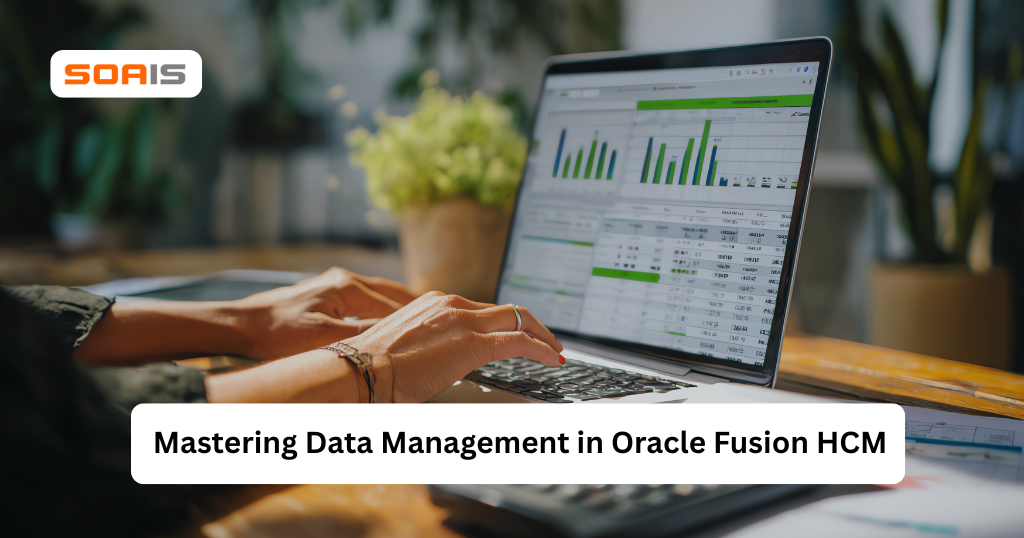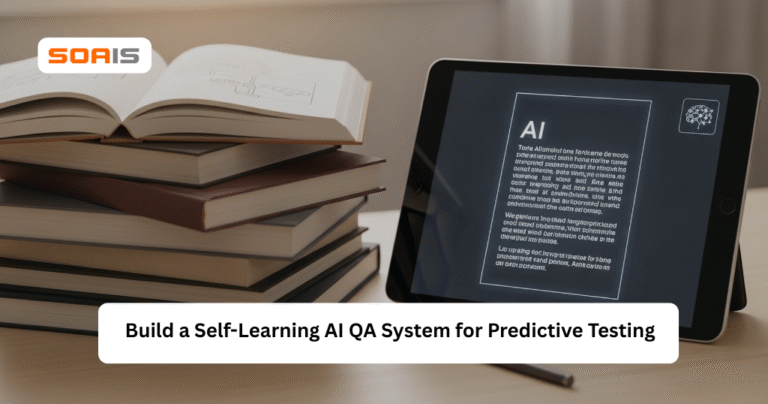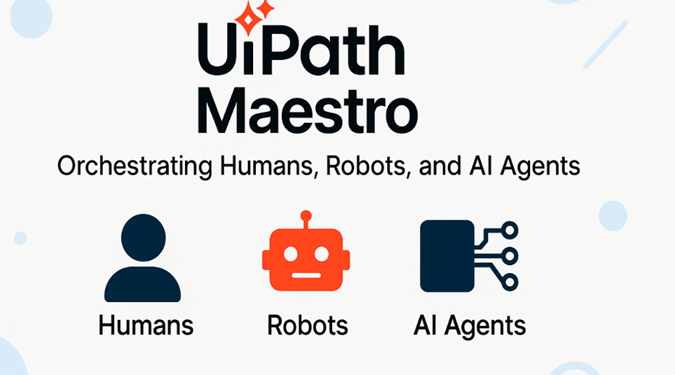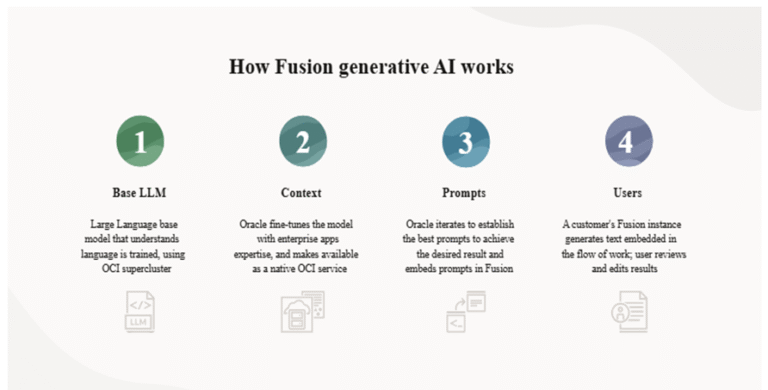Mastering Data Management in Oracle Fusion HCM: HDL vs HSDL
In today’s dynamic HR landscape, organizations rely on accurate and timely data to drive decisions. Oracle Fusion HCM provides robust tools for managing workforce data at scale, and two of its most powerful utilities are HCM Data Loader (HDL) and HCM Spreadsheet Data Loader (HSDL). Understanding these tools—and when to use each—is critical for HRIS professionals and technical teams.
Why Data Loading Matters in Oracle HCM
Data is the backbone of any HCM system. Whether onboarding thousands of employees during a merger or updating job details across departments, efficient data loading ensures consistency, compliance, and operational agility. Oracle addresses this need with HDL and HSDL, each designed for specific scenarios.
What is HDL (HCM Data Loader)?
HDL is Oracle’s enterprise-grade solution for bulk data migration and complex updates. It uses data files in .dat format, which are uploaded to the application through secure channels.
Key Features of HDL
- High Volume Capability: Ideal for initial implementation or large-scale data migration.
- Complex Data Structures: Handles hierarchical relationships like jobs, positions, and person records.
- Automation Ready: Integrates with scripts and APIs for scheduled or automated loads.
- Error Handling: Provides detailed error logs for troubleshooting.
Use Case Example: Migrating thousands of employee records from a legacy HR system during implementation.
What is HSDL (HCM Spreadsheet Data Loader)?
HSDL offers a more user-friendly approach, leveraging Excel-based templates for data entry and upload. It uses ADF Desktop Integration, allowing HR teams to work in familiar spreadsheet environments.
Key Features of HSDL
- Ease of Use: Designed for HR administrators with minimal technical expertise.
- Quick Updates: Perfect for day-to-day changes like updating work locations or job assignments.
- Validation at Source: Built-in validations reduce errors before uploading.
- Secure Access: Controlled through roles and privileges.
Use Case Example: Updating salary details for a small group of employees after an annual review.
HDL vs HSDL: Which One Should You Choose?

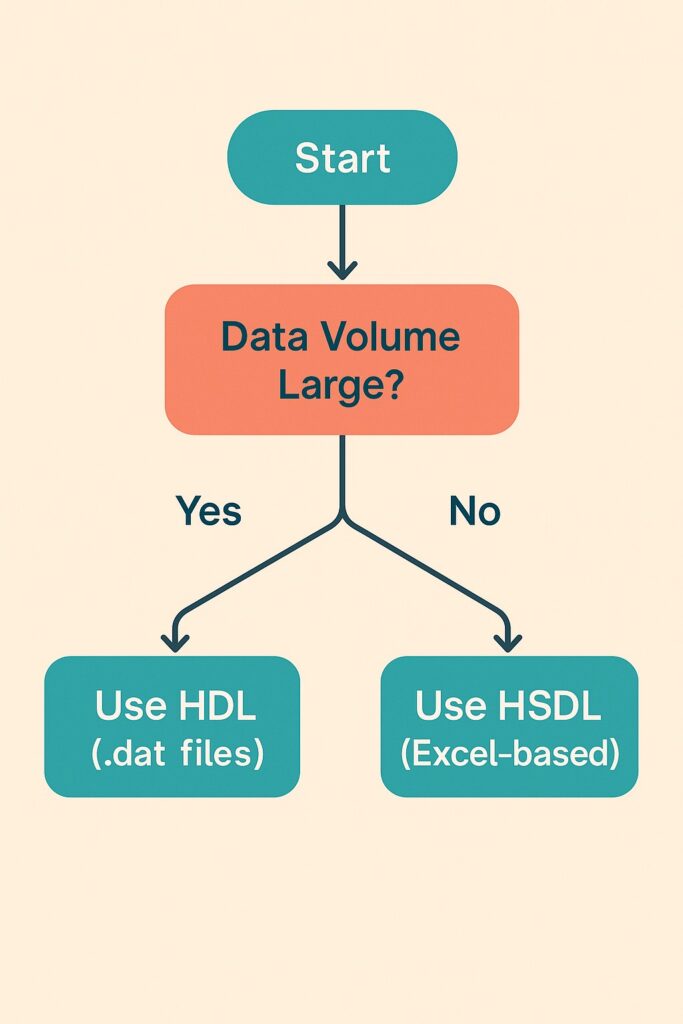
Process Flow Comparison

Best Practices for HDL and HSDL
- Validate Before Loading: Use Oracle templates and validation tools to minimize errors.
- Schedule Wisely: Perform large loads during off-peak hours to avoid performance issues.
- Maintain Security: Assign roles carefully to prevent unauthorized data changes.
- Monitor Logs: Regularly review errors and audit logs for compliance.
Common Challenges and Tips
- HDL Errors: Misaligned .dat file structures can cause failures—always validate syntax.
- HSDL Macros: Ensure ADF Desktop Integration is properly installed and updated.
- Performance: Avoid loading massive data sets via HSDL; use HDL for such cases.
Conclusion
Both HDL and HSDL are indispensable tools in Oracle Fusion HCM. HDL shines in large-scale, complex data migrations, while HSDL empowers HR teams with quick, user-friendly updates. Mastering these tools ensures your organization maintains accurate, compliant, and efficient HR data management.

